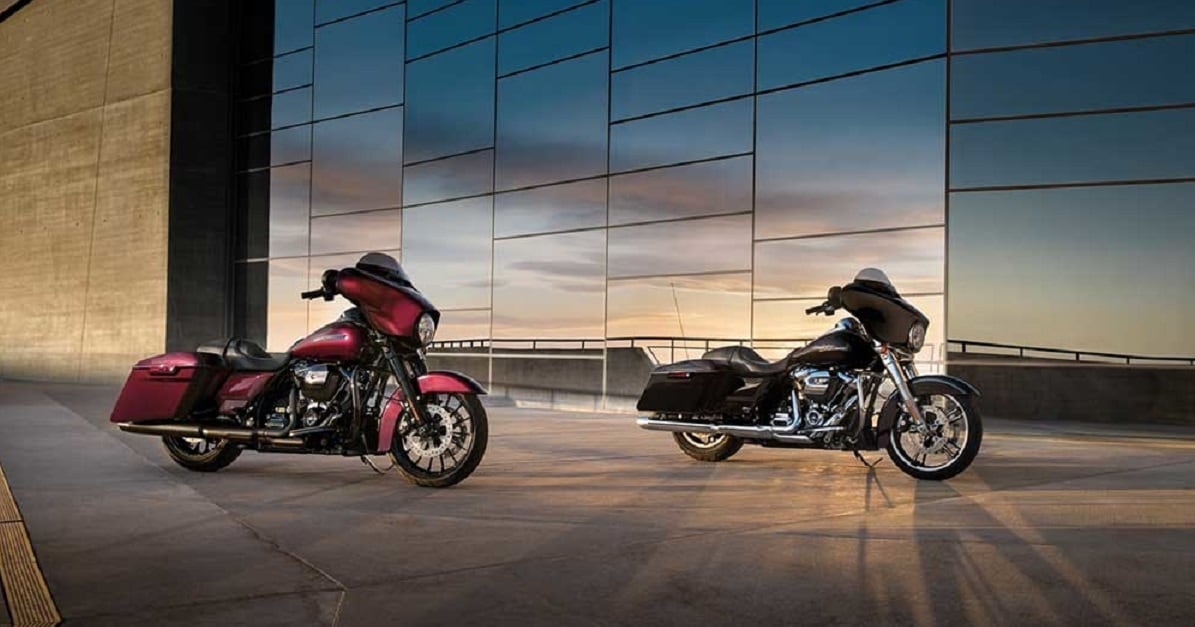Buying your first Harley-Davidson can be like your first kiss — a little bit scary, a tad awkward, and a whole lot exciting.
OK, so maybe that's a stretch, but we're pretty sure that butterflies will dance in your stomach with anticipation, anyway. And that first time you fire up your new Harley and feel its V-twin, then pop it into gear and ride it off the lot, we're betting sparks will shoot through your body. You'll never be the same.
It's a big decision, and you need to be honest with yourself because your life depends on it. We know that some people frequently bite off more than they can chew, so we figured we'd provide some food for thought and smooth out the process.
First and foremost, be truthful about your riding ability. Are you a first-timer or a seasoned rider? What are your intentions for the motorcycle: to use as a daily form of transportation, as a commuter rig, for weekend joyrides with your buddies, or as a platform to tour the country? Think of your Harley-Davidson as a finely tailored suit. You want one that best fits your needs in terms of ergonomics, personal style, riding ability, and intentions. Certain Harleys work better for certain situations, which brings us to our next topic.
RELATED
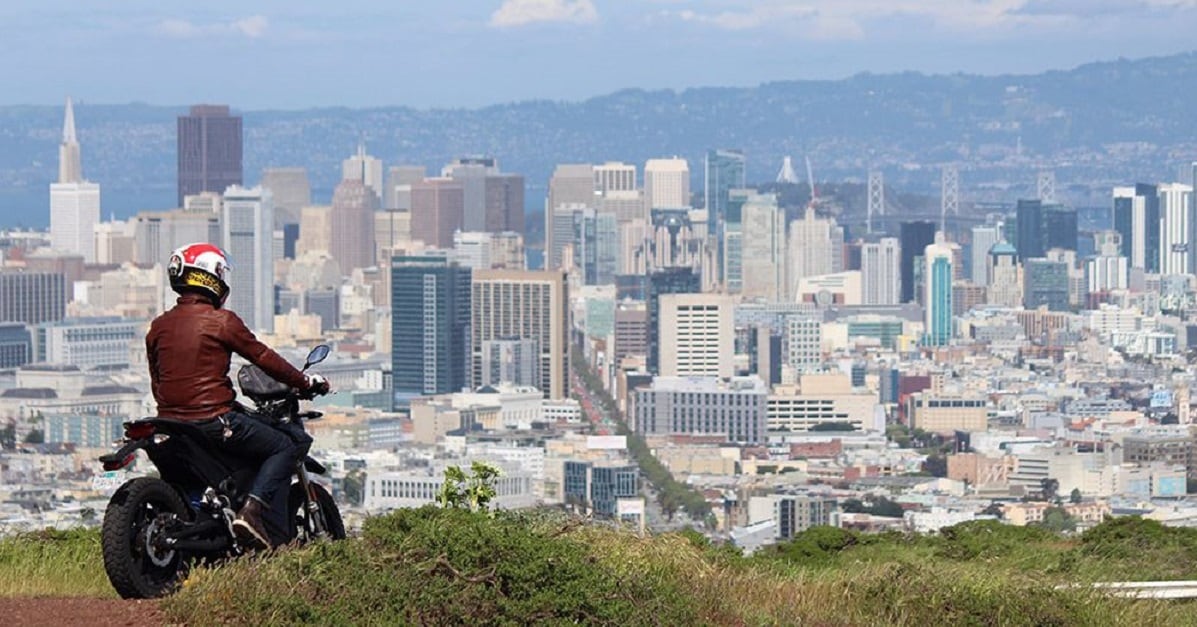
Now it's time to decide on your budget. Along with skill level, figuring out how much you're willing to spend will dictate which motorcycles fall into your price range. Every time you step up a category, the price increases accordingly.
Have the top price you'd pay set in your mind before heading into a dealership, and again, do your research. Harley-Davidson lists the suggested retail prices of its new motorcycles on its website, along with added expenses for different paint schemes and options like anti-lock brakes and security systems. If you're thinking about buying a used Harley, resources like Kelley Blue Book and NADA can tell you what motorcycles are selling for based on your location.
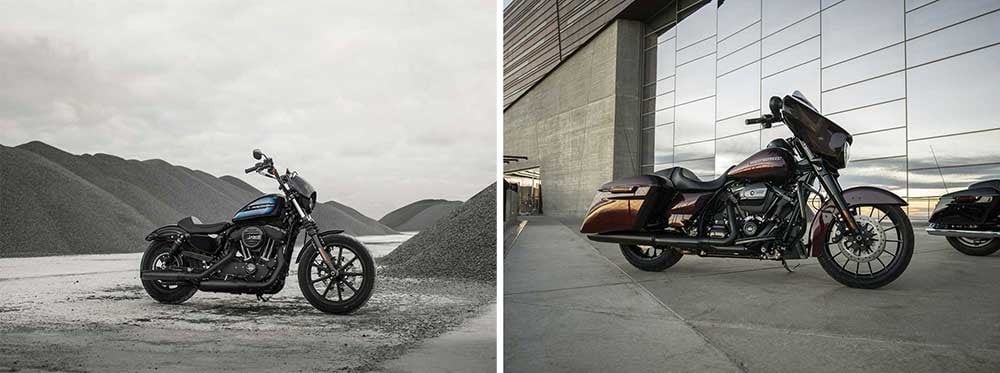
And be sure you stick to your guns during the negotiations; if you've done the research, you'll know the true fair price for the motorcycle you're trying to buy.
Dealers, by nature, will always try to maximize their commission by squeezing the highest price possible out of a potential buyer. And while you could buy a used bike off the local classified ads or on Craigslist, for your first H-D motorcycle we'd recommend a used or new one from a dealership. With so many Slim Shadys out there right now, there are just too many variables that could backfire when buying a used bike from somebody you don't know (unless you're a bona fide mechanic).
Motorcycles that have been sitting neglected for too long could have rust in their tanks, clogged fuel lines, cracked seals and gaskets, janky wiring, or even worse, a cracked frame. Who knows? If it seems like too good of a deal, the bike might even be stolen.
Now, you could get the VIN and check its history with CycleVIN or a similar service, but often motorcycle histories aren't as well documented as with automobiles.
If your used motorcycle is coming from the Harley dealership, on the other hand, the service department most likely has gone over the bike and reconditioned it appropriately for resale. You might even get lucky and score a limited warranty of some sort (though probably for an extra fee). If you buy new, obviously you'll gain the benefit of a full warranty.
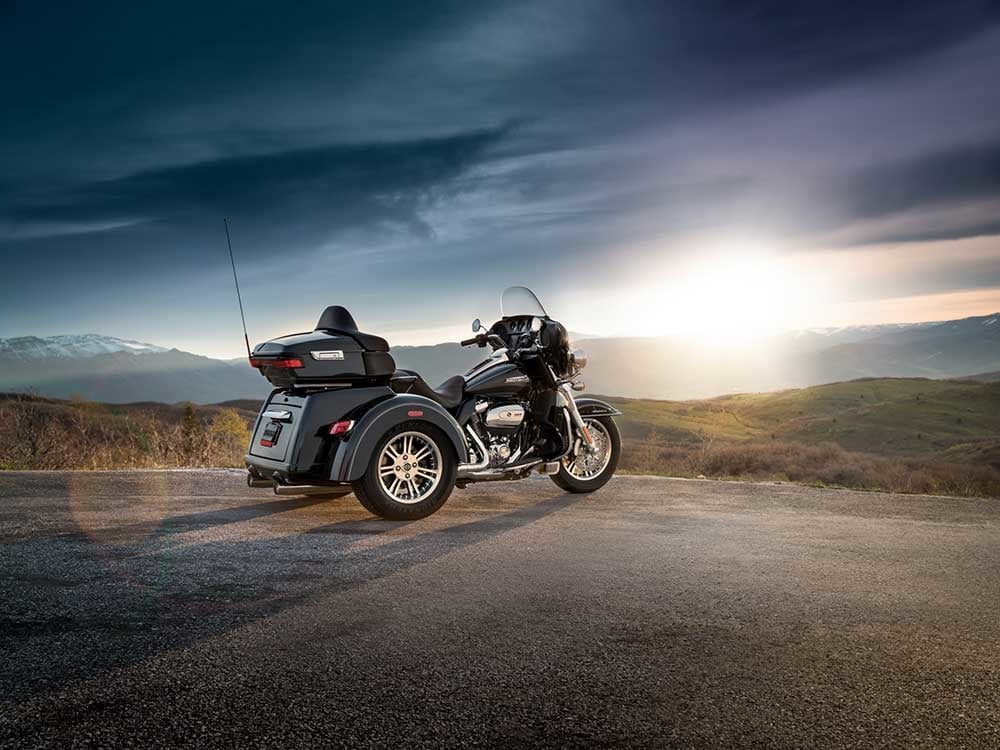
Before stepping into a dealership, go to their website. Nowadays, most dealerships post much of their inventory online, so you can do some scouting ahead of time in the comfort of your own home. If you see something you like, you can reach out to the dealer by email or phone for more information, but be sure to price shop at more than one dealership before you buy; the first showroom you stop into might not have the best deal on the bike you're looking for.
Depending on where you live, most likely there's more than one Harley establishment within driving distance. When and if you do begin the negotiation process, be on the lookout for hidden fees; added freight and setup charges for the bike are to be expected, but handling, administrative, and documentation fees should not be tacked on to the sales price. Scan the invoice carefully.
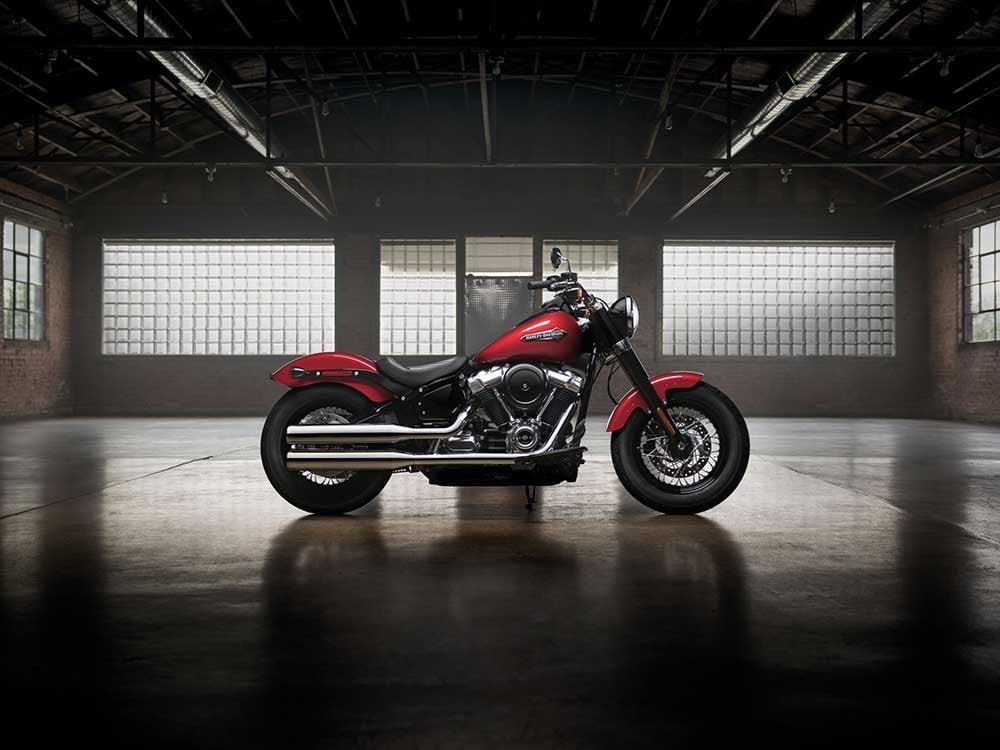
A couple of last tidbits of advice:
- Figure out how you’re going to finance the bike before you go in. Harley-Davidson has its own financial services division and you could go that route if you choose, but it’ll likely be the most costly path.
- Check your credit score before you go in, get quotes from a few banks, and have some money set aside as a down payment if possible. Doing these three things can help you leverage a lower rate at the dealership if you don’t secure a loan from an outside institution beforehand.
- You’ll also want to take care of acquiring insurance for your new bike. Quite a few companies are biker-friendly when it comes to motorcycle insurance. You can even log on to GEICO and get price quotes from several providers online without having to talk directly to an insurance salesman.
Becoming a Harley-Davidson owner is like a rite of passage. Making the commitment brings about a sense of pride, as The Motor Company is a heralded American institution with a 115-year history — and one of the most recognizable brands in the world. Welcome to the club. Now get out and ride!
This piece first appeared at Hot Bike.
